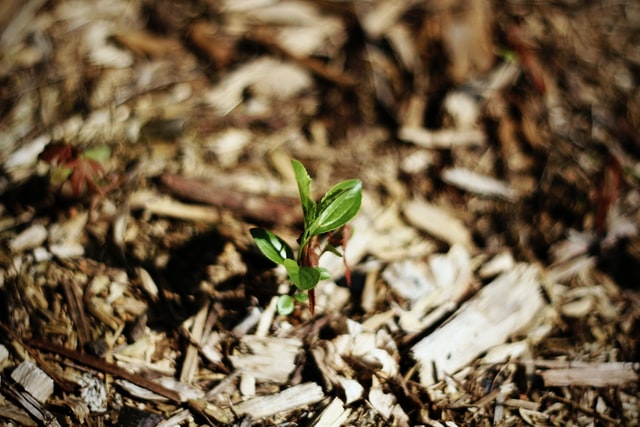Mulching the soil in the garden is one of the most important procedures of a gardener. And not only because of aesthetic qualities, but also others that bring a number of advantages. A special and most popular type of this treatment is mulching with the bark of coniferous trees, most often pine bark.
What does mulching do?

Photo by Maddy Baker on Unsplash
Although most people do this, as a rule, for decorative reasons, mulching has several additional positive functions:
- mulch protects mulched soil from weeds;
- retains moisture in the soil, which has a natural beneficial effect on growing plants, and at the same time reduces the cost of watering;
- it has nutritional properties; therefore, it naturally fertilizes plants,
- protects the soil and the root system of plants, limiting the access of small pests and pathogenic fungi.
How to mulch with bark?
To mulch with bark is to lay it on the surface it is supposed to cover. However, it is important that there is an appropriate layer. It is assumed that this is at least 5 centimeters, and maybe a little more, up to ten. However, care should be taken to ensure that the bark layer is not too large at the plant trunks, as this can have a negative impact on them, in particular, affect the occurrence of rot.

Image by Manfred Richter from Pixabay
Bark mulching is a procedure that does not have specific deadlines. It can be performed correctly all year round.
The sequence of works is as follows:
- planting plants,
- lining of agrotextile,
- mulching.
The bark can be used for both existing and new plants.

